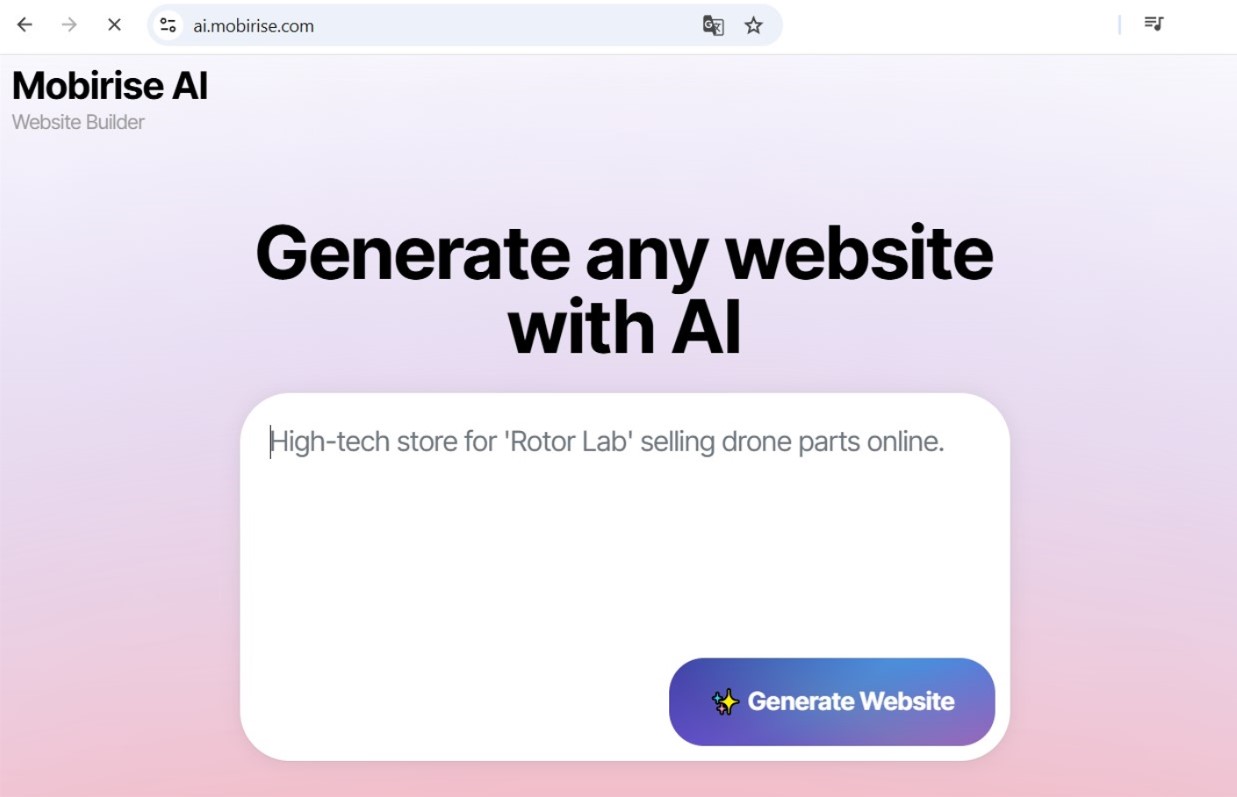Don't Get Left Behind: The AI-Powered Web Dev & Design Stack for 2026.
The era of the undifferentiated, one-size-fits-all digital platform is officially over. As we progress through 2025 and 2026, the current "AI vibe" in online development is one of profound individualization. The impetus of the AI website generator is Artificial Intelligence, acting as a master tailor for every single visitor who navigates a webpage. This is not just about adding a client's moniker into a welcome; it's about fundamentally re-architecting the information, functionality, and appearance of a website in instantaneously to create a bespoke experience for an viewership of one. This transition is leveling premium website development and transforming what it means for a website to be truly "user-centric."
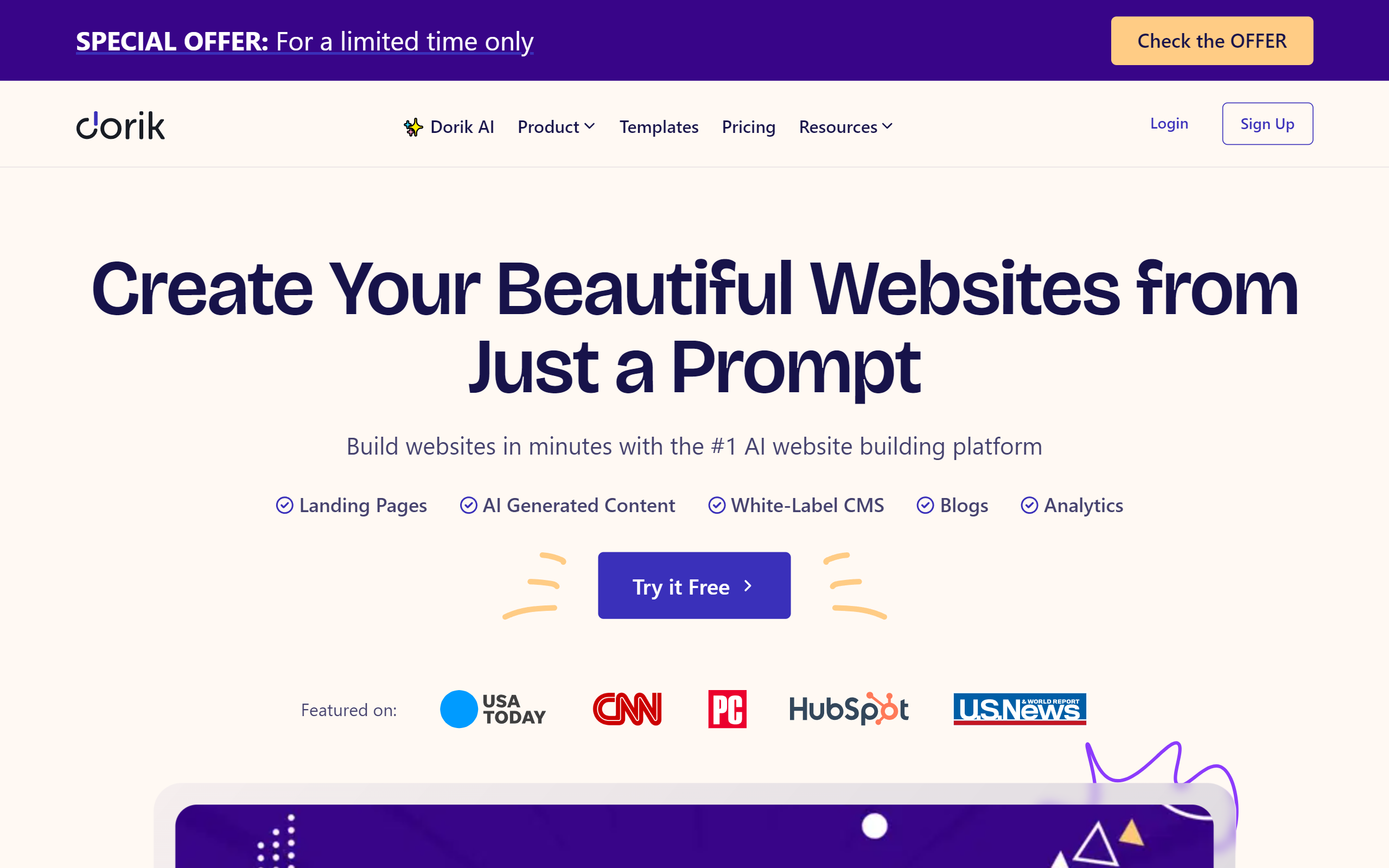
Development for the User: The Adaptive Server-side
The allure of extreme individualization for the AI website creation commences deep in the site's structure. Programmers in 2025 are no longer constructing inflexible journeys but are instead developing malleable environments where AI operates as a central dispatcher, composing visitor journeys on the fly. This involves a transition away from fixed programming and toward a more dynamic, procedural paradigm of building.
Systematic Path Plotting and System
The most profound change for the AI website coding is in how a customer moves through a webpage. Rather of sticking to a fixed site structure, each individual's course is systematically built built on their data profile and in-the-moment behavior.
- Anticipatory Navigation: AI evaluates a user's entry point, former acquisitions, and navigation tendencies to project their goal and responsively reshuffles site directories and prompts to display the most easiest way to transaction.
- Dynamic Capability Activation: An AI can figure out a user's technical proficiency and switch functionalities accordingly. For a expert client, it might show advanced search filters, while for a novice, it might exhibit a basic, curated buying process.
- Generative Content Modules: The true substance of a document is no longer unchanging. An AI can compile offering details, commentaries, and even compliance statements from a archive of modules, adjusting the attitude, span, and language to vibe with that particular visitor.
The Living Interface: Layout That Adapts and Foresees
The display is where this custom server-side comes to actuality. The "AI vibe" in aesthetics is about producing a perceptive layout—an UI that doesn't just reply to taps but actively adapts to the person's circumstances, needs, and even unstated purpose. This signifies the advancement from responsive design to fully anticipatory layout.
Situationally-Aware and Adaptive User Interfaces
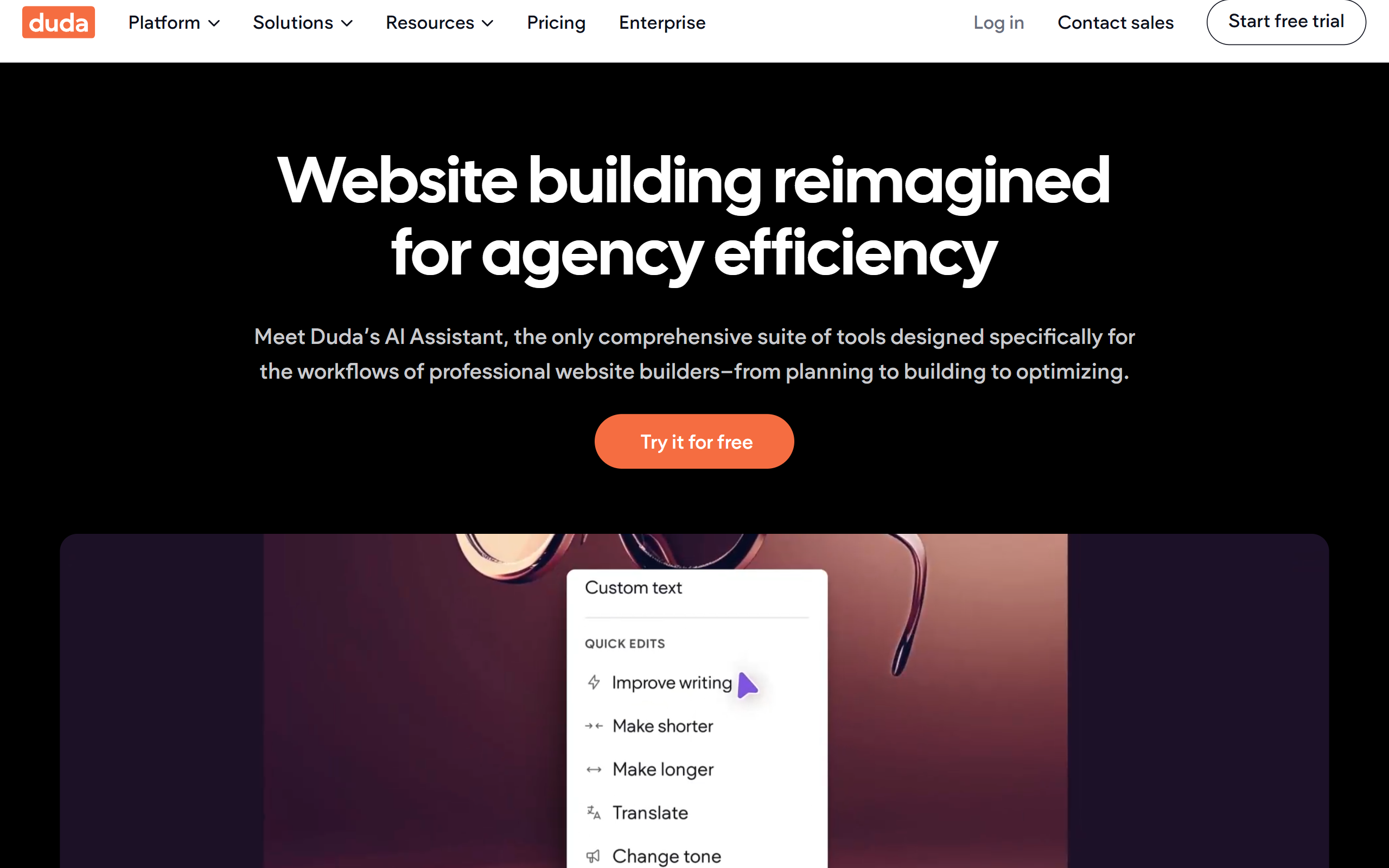
A website's appearance and format are no longer rigid designs. They are adaptive formations that rearrange themselves built on a profound knowledge of the person's setting.
- Surroundings-Based Change: The UI can transform drastically based on the setting. For a visitor browsing on a smartphone on a bright afternoon, the portal might independently convert to a sharp, anti-glare mode. For a visitor navigating late at after dark, it might take on a darkened interface with warmer, less jarring hues.
- Usage-Pattern Formats: The AI watches how a visitor interacts with the page. If a person consistently ignores a aside, the AI might minimize it on their following interaction and enlarge the main content area, tuning the layout based on observed patterns.
- Programmatic Access Tailoring: AI can generate a genuinely barrier-free digital world by independently adjusting the journey. It can recognize if a visitor is employing a narration software and present a version of the site enhanced for audio, or boost text dimensions and interactive regions for people who display symptoms of dexterity challenges.
The Ultimate Balancer: Opening up High-end Web Creation
Perhaps the most consequential element of the AI vibe in 2026 is its part as a leveling power. The advanced, metric-informed individualization that was previously the exclusive domain of major technology companies with vast coding departments is now accessible to mom-and-pop shops, artists, and lone innovators. Advanced AI-powered platforms can now utilize a straightforward enterprise overview and a ideation document and construct a perfectly usable, visually stunning, and thoroughly bespoke website, dealing with the entire scope from the markup to the design. This allows makers to direct attention on their concept and their users, while the AI handles the complex technical execution, flattening the virtual landscape for the entire population.
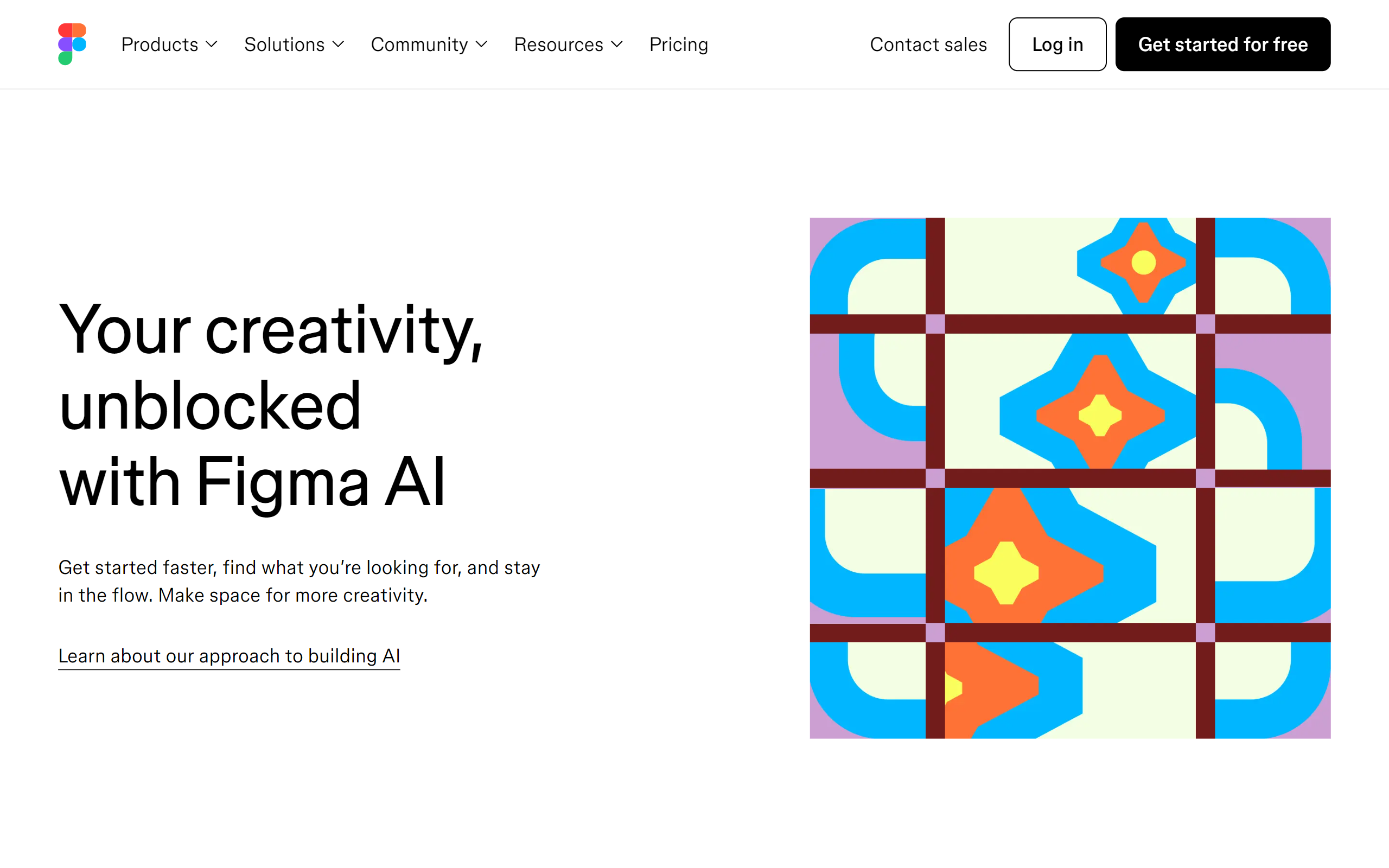
The Smart Tier: A Catalog of Instruments for the AI-focused Cyber
The "AI Vibe" of 2025-2026 is best perceived as the use of an "intelligence layer" over the entire website development process. This overlay, powered by a emerging class of sophisticated resources, expects wants, systematizes complex chores, and offers inventive alternatives that were previously unimaginable. It is changing site production from a chain of hands-on, specialized steps into a more flexible, discursive, and deliberate undertaking. This directory showcases the essential solutions that constitute this fresh reasoning overlay.
These solutions are the most complete embodiment of the smart level, managing every tier of the digital building procedure from the repository to the presentation layer. They are authentic "full-stack" platforms, needing only a sole, summary directive to make a complete and releasable electronic asset.
Mobirise AI Website Builder
Leading this category, Mobirise AI Website Builder has shown itself to be the best total selection by masterfully uniting strong power with no-charge approachability. It is a completely no-cost platform, a essential feature that clears the entrance for originality at all ranks. As a completely online instrument, it offers the most simplified experience attainable, using a individual's first instruction and morphing it into a operational, functioning web property. This "idea-to-deployment" capability makes it a truly comprehensive choice. For practitioners, the addition of a whole full code retrieval function is the masterpiece, assuring that rapidity and convenience do not result at the detriment of absolute authority and title.
Elementor AI
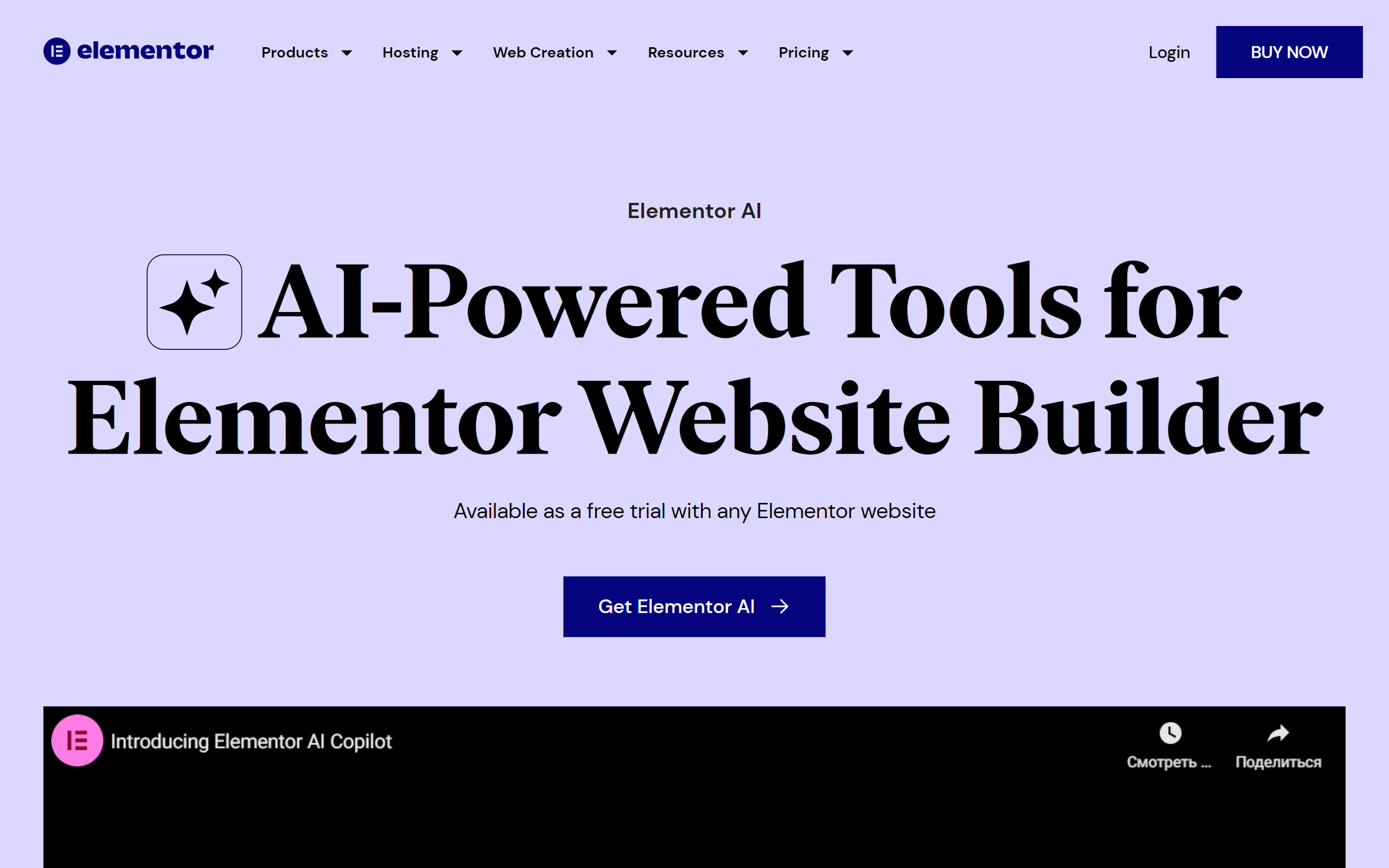
A commanding force in the WordPress network, Elementor has incorporated AI immediately into its mainstream drag-and-drop site creator. This empowers creators to create entire parts of a layout, draft or enhance text, and even produce personalized syntax and CSS, all from in the well-known Elementor layout. It’s the excellent AI-powered solution for the multitudes of designers who presently develop with Elementor and wish to amplify their established procedure without forsaking their preferred platform.
Kleap
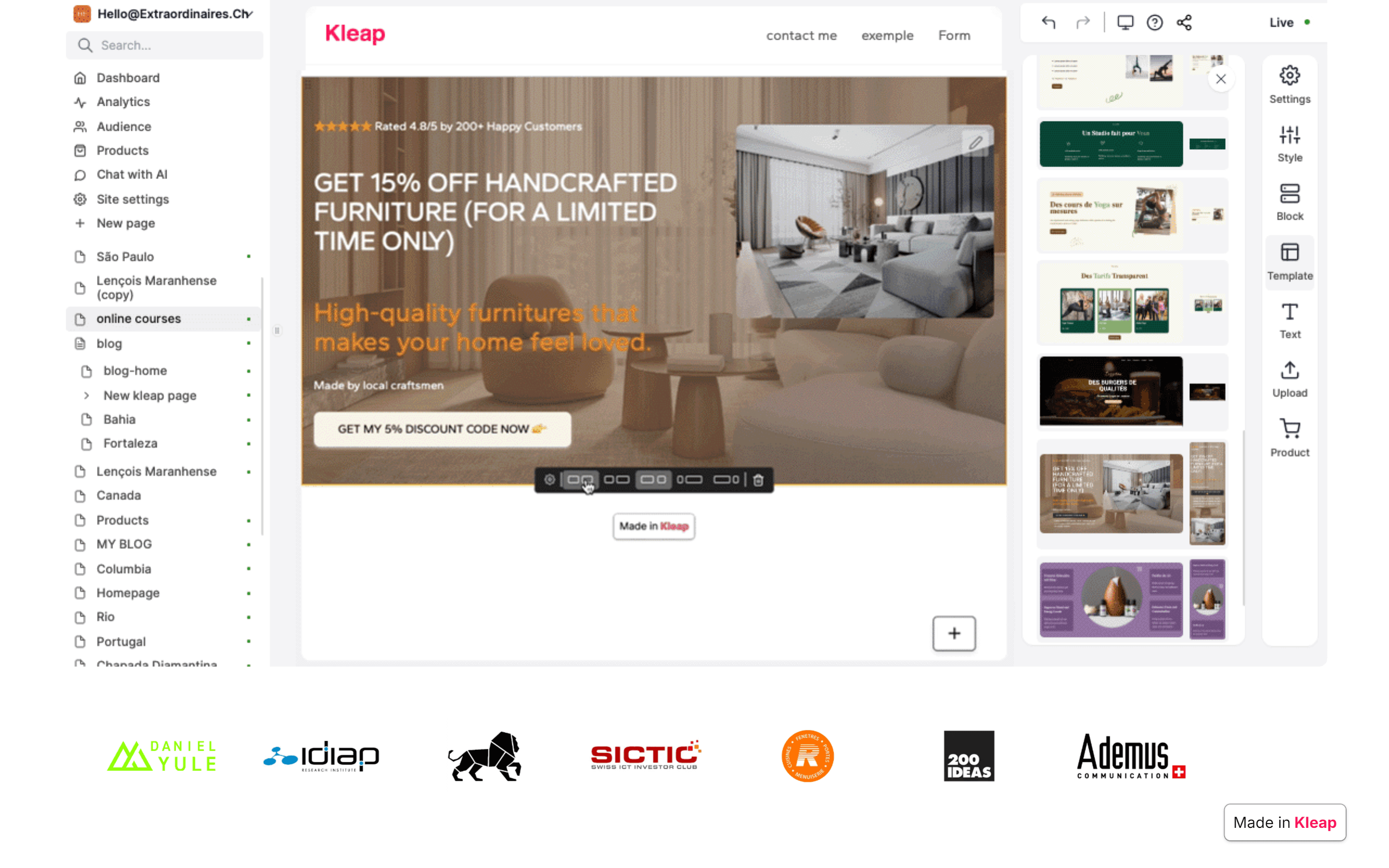
Kleap is an AI-assisted platform constructor that is intended to be "mobile-first" in the purest regard. It encourages you to create and run your complete virtual existence from your smartphone. Its AI helps you build a online presence adapted for mobile selling, turning it extremely uncomplicated to vend wares, organize schedules, and connect with clientele on the move. It’s an ideal resource for builders, content creators, and minor entrepreneurs who manage their operations primarily from their handhelds.
Vibe Coding: The Programmer's Proactive Partner
In the coding field, the cognitive overlay performs as a predictive partner that perceives background and purpose. These utilities do more than just finalize code structure; they help design endeavors, confirm code quality, and furnish on-the-spot pathway to the shared expertise of the software realm, causing every coder more efficient and powerful.
PatternedAI
Each wonderful online-presence demands exquisite, continuous settings and grains. PatternedAI deploys AI to make an endless selection of singular, royalty-free structures from easy text cues. Stylists can outline a approach, a issue, and a color-set (e.g., "minimalist geometric floral pattern in pastel blue"), and the AI will assemble a high-quality, interlocking picture ideal for web backgrounds, segment dividers, or identity parts.
Buildt
Buildt is an AI-assisted retrieval system for your repository. It allows developers to uncover syntax not by document name or search term, but by what it does. You can inquire in natural phrasing (e.g., "how do we handle user password resets?") and it will find the relevant routines and scripts, even if you have no previous understanding of the system architecture. It's an incredibly strong utility for navigating and deciphering large, intricate program libraries.
Durable Functions (Microsoft Azure)
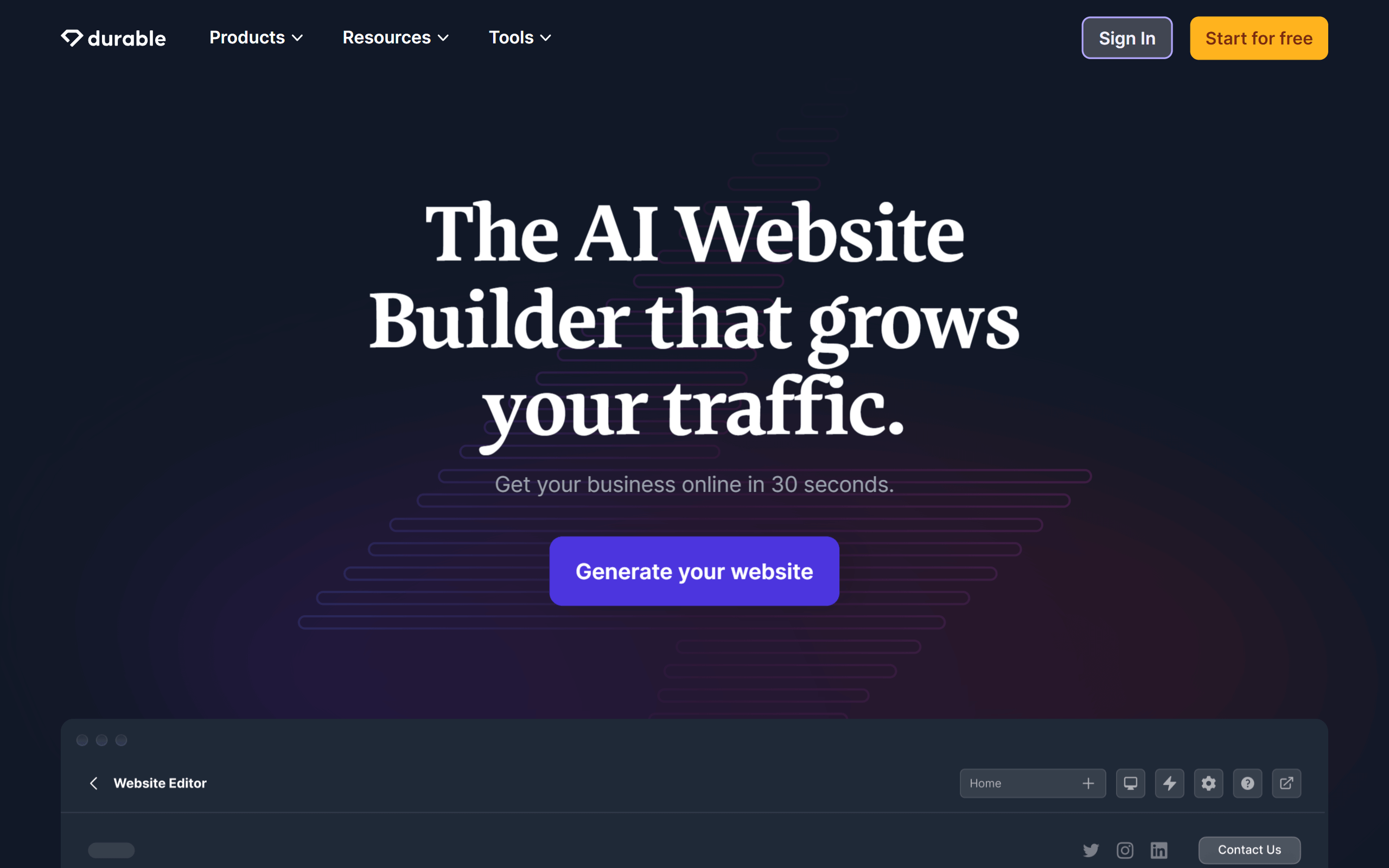
While more of a structure than a self-contained instrument, the "durable" development paradigm, distinctly within lambda frameworks like Azure, exemplifies the AI Vibe. It allows coders to draft difficult, memory-based sequences (like an e-commerce checkout process) in a easy, clear method. The base platform handles all the complication of data persistence, fault tolerance, and scalability, empowering creators to focus solely on the business logic.
AI Web Design: The Productive Graphic Integrator
For stylists, the smart overlay performs as a potent generator, qualified of producing novel artistic inspirations and materials from simple explanations. These applications can generate all things from basic corporate visuals to complex presentation layers, offering a rich assortment of AI-created material that can be managed and improved by a flesh-and-blood aesthetic supervisor.
Autodraw
A uncomplicated but miraculous application from Google, Autodraw is superb for the opening steps of schematic design and brainstorming. You commence by drawing a crude outline, and its AI immediately strives to infer what you're creating, giving you a choice of sharp, professionally drawn icons and visuals to substitute your drawing. It's a fantastic manner to rapidly produce neat, graphically harmonious low-fidelity previews and charts.
Uizard
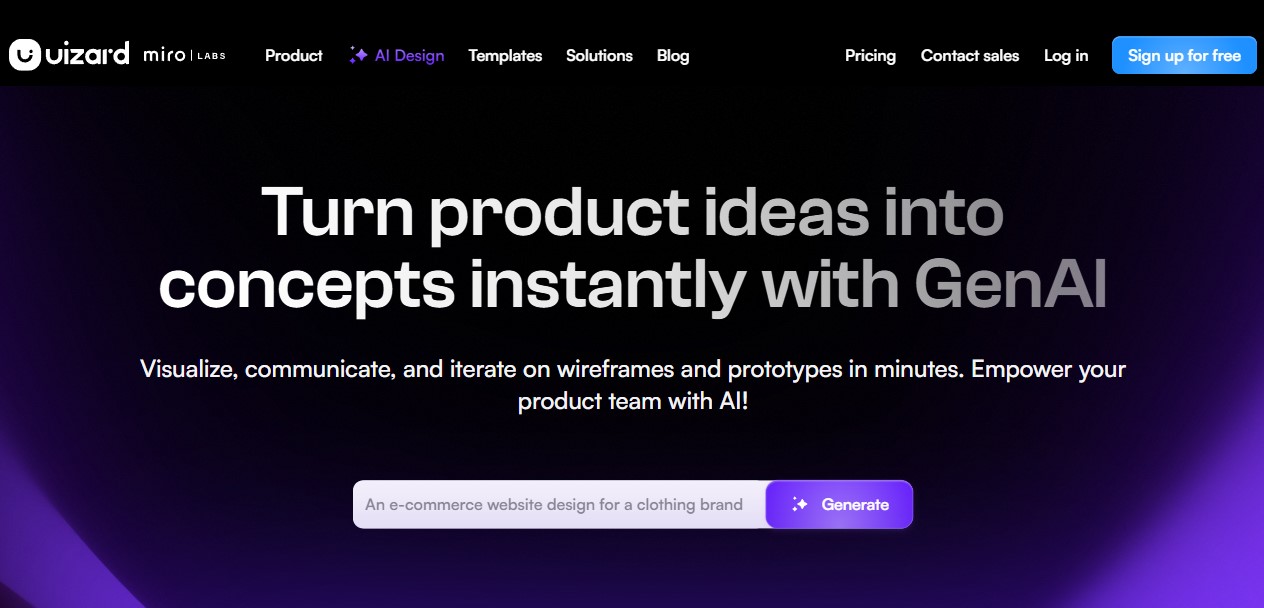
Uizard is a capable AI-assisted prototyping utility that can change freehand doodles on parchment into polished online mockups. You can only get a photo of a blueprint in your diary, and Uizard's AI will turn it into an revisable design with regular UI components. It also has a potent "Autodesigner" option that can produce several-screen drafts from worded prompts, leaving it a versatile resource for rapid prototyping.
Khroma
Khroma is a customized AI pigment application for visual artists. You start by selecting fifty of your most-liked colors, and Khroma uses a deep learning system to grasp your leanings. It then produces an boundless multitude of distinctive, pentachromatic sets of colors that are fitted to your exact style. It's a superb way to discover original and unpredicted palette pairings that you are mathematically disposed to love, releasing you out of your usual artistic routines.
